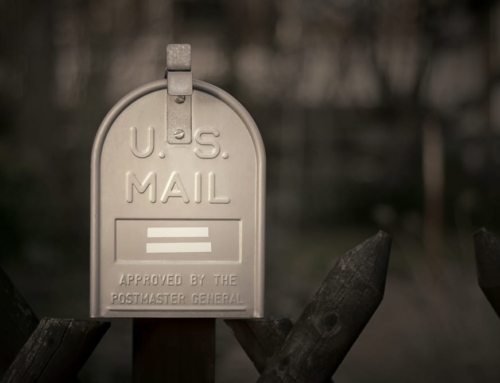Refinancing a mortgage late in the life of the loan could cost you more than it’s worth. Here are a few options if you’re looking to lower your financial burden.
Q: Is it wise to refinance my mortgage if it has a balance of just $26,000? The loan was for 30 years at a fixed interest rate of 7.5 percent. I purchased the home and took out the loan in 1996. My payments each month include insurance and taxes.
A: Given that mortgage interest rates have been below 4 percent for more than 10 years, it’s odd that you’re asking about refinancing now. Unfortunately, given that you are 21 years into your 30-year loan, we doubt that you’d see much benefit by refinancing.
It isn’t that we don’t think getting a loan at today’s interest rates wouldn’t benefit you. They would. It’s that the cost of refinancing a home loan may outweigh the benefits of refinancing. And, you’d be refinancing such a (relatively) small amount of money, that few lenders will be willing do the work to refinance your mortgage without charging you an outrageous amount of money.
At this point in your loan, you are paying off more principal than you are paying interest and the cost of refinancing the loan may approach $2,000 to $3,000. It will take you a long time to offset the costs of refinancing with a lower interest rate on a $26,000 loan.
In the past, some readers have suggested obtaining a home equity line of credit or home equity loan because you might not have any fees to pay to obtain the loan. This might work for some borrowers, but typically rates on those loans are variable and the interest rate may not be that much less than what you’re already paying.
Having said all that, you might want to talk to a mortgage lender, a mortgage broker and a local bank or savings and loan to see what loan programs they might have that could work for you.
Our rule of thumb for a refinance is if you can lower the interest rate, realize a lower payment (excluding what you pay for taxes and insurance since that should be the same for any lender), and shorten the term of the loan, you’ve hit a homerun in terms of a refinance deal and you should go for it.
We realize that not every refinance can be a homerun and you may have good reason to trade off a longer loan term for a lower interest rate. If that’s the case, you should focus on offsetting the costs of your refinance with the monthly savings over a short period of time.
You’ll have to do some legwork to know what will be right for you. What we can tell you is that in the past many of our readers have complained that they can’t get lenders to help them out on a refinance when the loan balance is less than $50,000 to $75,000. Lenders may not make enough money on this size loan to make it worth their while.
You might get lucky and find a lender willing to help you out or find a loan product that suits your needs. Just remember, you’re only nine years away from paying off the loan. If you refinance into a new 30-year loan, you’ll be adding 21 more years of loan payments. To compare apples-to-apples, you have to make sure you understand what you will pay to refinance the loan, what your monthly loan payment will be, and what your monthly loan payment will be to end up paying off the loan over the same time as your current loan.
It won’t be easy and you may just find out that you are currently on the lowest cost trajectory now given the balance of your loan and the time left to pay it off. If you find out that it will cost you more money for any alternative, you should calculate how many payments you’ll save by simply applying those fees to your current loan balance.
Good luck.
[amazon_link asins=’1524763438,B01J24C0TI,B01D151EFA’ template=’ProductCarousel’ store=’thinkglink-20′ marketplace=’US’ link_id=’65f0a0a5-e429-11e7-b1ad-790fe00933b7′]







Leave A Comment